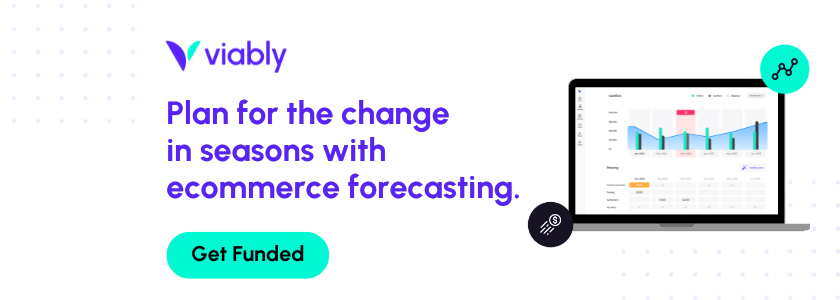You’ve probably heard the term, “run rate” in the context of business projections, but what does it mean? When companies mention run rates, they are extrapolating results from a particular time period to make forecast predictions for a longer duration in the future. There are a handful of scenarios where run rate is the most useful projection to understand what your cash flow will look like. In this post, you’ll learn all about what run rate is, how to calculate it, and when to use it.
What Does Run Rate Mean in Business?
Run rate is a forecast of your business’s fiscal performance derived from its present financial data. It is an extrapolation of your business’ current financial success, extended over a longer time period of time. It is dependent on the assumption that their existing results will sustain throughout the projected period.
If you’re anticipating irregularities in sales due to events, like consumer holidays or sales, or you’re interested in looking at multiple metrics, then you might require more detailed forecasting tools. While run rate can be useful for a business with relatively consistent financial success, it doesn’t always show the whole picture.
Typically, run rate forecasts performance of one key metric, such as sales revenue or profit. It could be for a range of timelines, normally falling within the next year (based on figures from the past quarter or a month).
How Do I Calculate Run Rates?
To determine run rate, multiply the current data by the number of periods in the extended timeframe you wish to determine. To calculate the yearly run rate based on your quarterly results, multiply by four. Calculate it based on monthly results by multiplying by 12.
What Does Annual Run Rate Mean?
The method of using current information to forecast potential results each year is known as annualizing. For example, if your business’s profit in the last quarter was $100,000, you could extrapolate and report that the company has a $400,000 annual run rate. If the business’s profit in the last month was $100,000, then the company’s annual run rate is $1.2 million, i.e. $100,000 multiplied by 12.
When Should I Use Run Rates?
Run rates are useful in a variety of contexts. They are helpful when making performance predictions for startups that have only been in operation for a short time. If you launched a business within the last year, for instance, you’ll need to project annual results from the data that’s available, as well as determine whether or not you have enough working capital to continue at that rate. Even established businesses can still use run rates for individual product launches. If the calculated run rate looks high enough that your business will have trouble meeting demand, it might be time to start looking for funding.
A second application is to project your run rate based on the existing results when a company first turns a profit, as past periods only saw losses. It is particularly useful if you are a startup experiencing your first ever successful quarter and working to demonstrate to investors the rate at which you are currently generating profit.
Incorporating run rates as part of the budgeting process is another use. In some cases, they can guide business decisions or investments. Revenue projections can help you budget for growth opportunities or decide that it might be time to seek out funding partners. This will function effectively in an operational setting that does not vary significantly over time. When a core business activity has been altered in a way that could impact the performance of the company, run rate could be an effective way to forecast the changes.
Lastly, if you ever decide to sell your company, you could use it to forecast growth. You would project your financial achievements to prospective buyers, aiming to get a better sell price for your business based on the latest profits.
What Are The Risks of These Forecasts?
The primary risk with using run rates in business decisions is that many businesses include other variables. In eCommerce, specifically, sales and revenue metrics can be highly seasonal. If you sell products that are popular during the summer, there’s no way to project that revenue based only on data from Q1. They also ignore macroeconomic conditions, as well market changes that might occur during the projected period.
If you’re worried about run rate calculations lacking the nuance your business needs, it might be time to look into other forecasting tools. Software, like Viably, can be a great way to better calculate full forecasts of your cash flow. Tools like this can also help you determine if funding will be required to help you scale your business at the rate you want.



